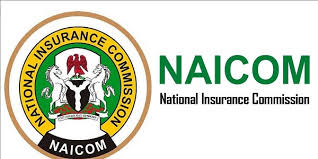
The National Insurance Commission (NAICOM) has announced plans to issue revised guidelines aimed at safeguarding Retiree Life Annuity (RLA) funds, in a move designed to enhance the long-term financial security of pensioners.
The disclosure was made during the June 2025 meeting of the Insurers’ Committee held on Wednesday in Lagos.
Moruf Apampa, Managing Director of NSIA Insurance Ltd. and a member of the Committee’s Communication and Stakeholder Engagement Sub-Committee, said the updated guidelines are intended to improve the regulatory environment and ensure that funds designated for retirees are adequately protected.
According to Apampa, the initiative will boost public confidence in the insurance sector and reaffirm NAICOM’s commitment to the welfare of retirees.
“NAICOM has developed supplementary guidelines on annuity business to further instil market confidence,” he said.
“These measures are designed to ensure that annuitants are fully protected. The Commission is taking proactive steps to prevent the failure of any insurance company or disruption in the regular monthly payments due to retirees. The guidelines will be issued shortly.”
Apampa also noted that NAICOM is working to simplify the insurance claims process and improve the overall customer experience.
In addition, the Commission is formulating new policies to address emerging risks, including cyber threats, and to ensure the financial soundness of insurance providers.
“NAICOM is introducing new guidelines that align with the government’s broader economic initiatives, including updated market regulations,” he said.
“The Commission has observed a marked improvement in claims settlements and has commended the industry, while urging further progress.
“In terms of solvency compliance, NAICOM has acknowledged insurers that are meeting regulatory requirements and anticipates further improvements in the industry’s second-quarter performance.”
Commenting on the nature of the upcoming release, Abba Halil, Head of Corporate Affairs at NAICOM, clarified that the measures represent a revision of existing policies, not an entirely new framework.
“This is an update to existing guidelines, reflecting the dynamic nature of regulation,” Halil said.
“As industry conditions evolve, it becomes necessary to make timely adjustments. These are not brand-new guidelines, but revised versions incorporating key improvements.”












